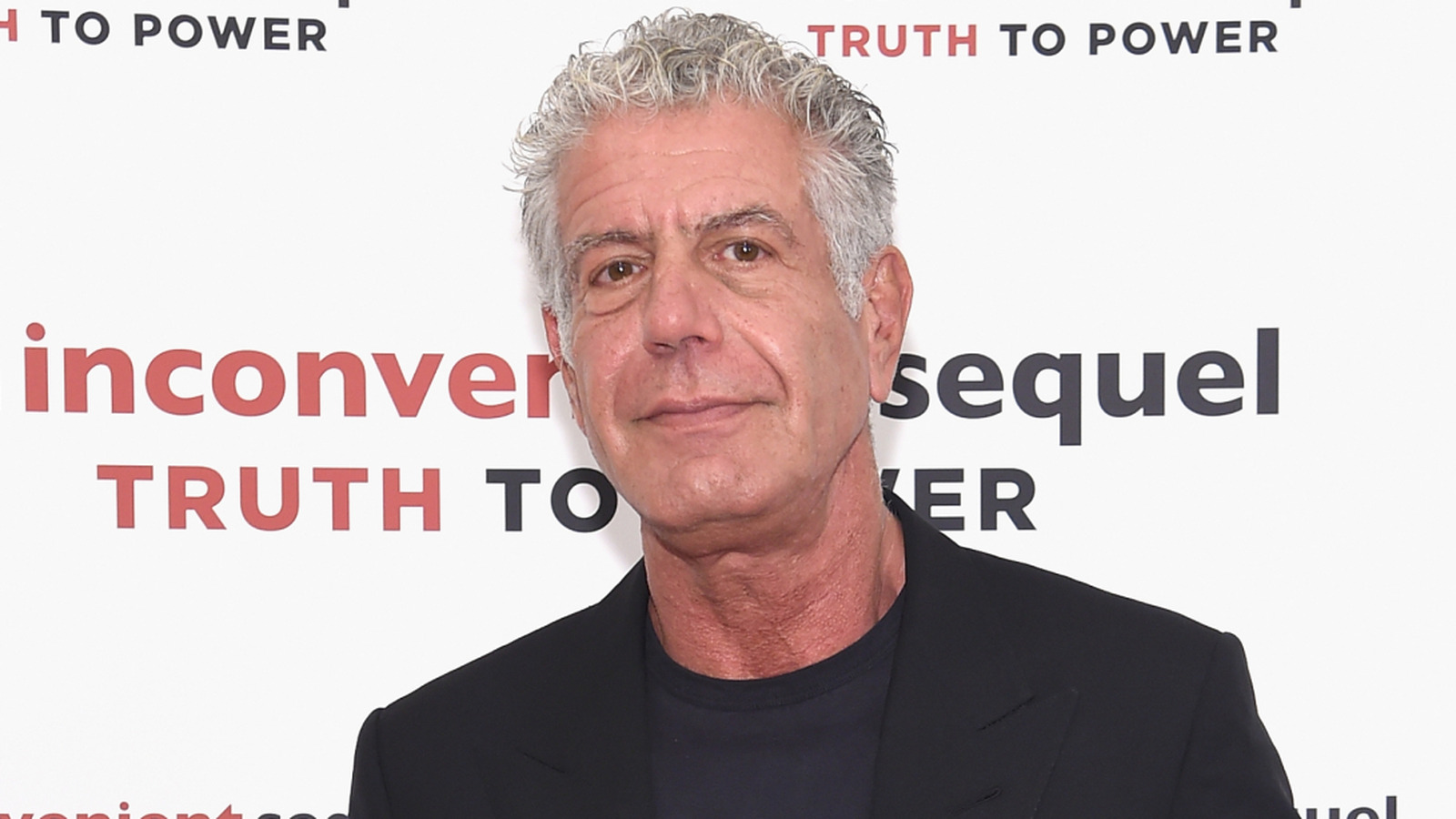
"Anthony Bourdain was all about fried chicken. While filming his Cajun "Parts Unknown" episode, the chef-slash-writer famously hit the local Popeye's every single day. Meanwhile, Bourdain was also an enthusiastic proponent of Korean-American fusion cuisine. It's no surprise, then, that his iconic 2016 cookbook "Appetites" includes a recipe for Korean fried chicken. Bourdain's recipe follows the fry/freeze/fry method - a popular technique for cooking Korean fried chicken that takes two days, but is well worth it for the results."
"Per this method, the chicken is double-fried - first blanched to a par-cook, then frozen overnight before the second dunk. This extra step yields a texturally crispy, airy exterior crust, which, in turn, also helps facilitate sauce-adhesion for a stickier, richer coating and bolder flavor. From a scientific standpoint, when the water particles inside the chicken freeze, the crystallization helps prevent tough starch structures from forming, creating crisp airiness."
"'There are many ways to make tasty fried chicken, and I like them all, but I'm particularly enamored of the Korean way, which requires some planning ahead but is extremely satisfying,' wrote Bourdain in his cookbook (via Nuvo). 'The freezing step makes this dish into a two-day affair, and you'll need to clear some room in your freezer, but it's essential for extra-crisp results.'"
The fry/freeze/fry method double-fries chicken by par-cooking, freezing overnight, then refrying to produce an extra-crispy, airy exterior that holds sauce better. A short marinade of roasted chili oil, kosher salt, and gochugaru flavors the meat before dredging in potato or tapioca starch for a light, crunchy crust. Freezing crystallizes internal water, which prevents tough starch structures from forming and creates crisp airiness. The technique requires planning and freezer space and takes two days, but yields a stickier, richer coating and bolder flavor when sauced.
Read at Tasting Table
Unable to calculate read time
Collection
[
|
...
]